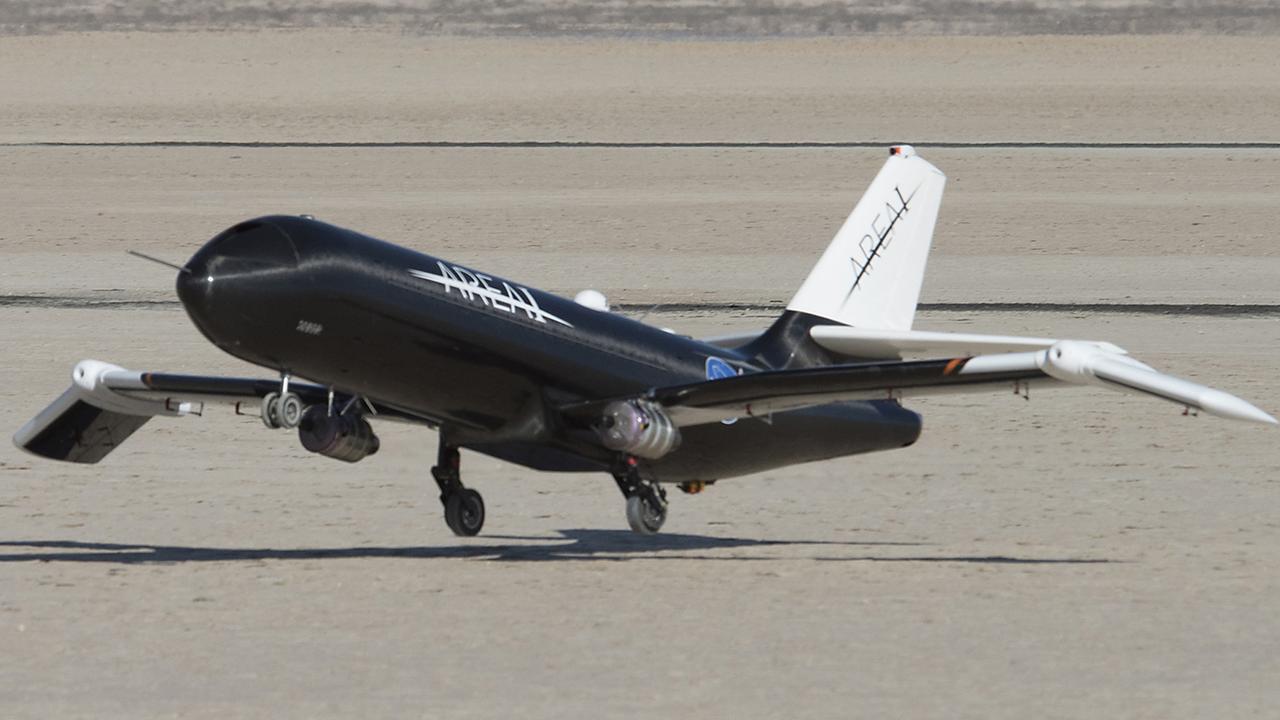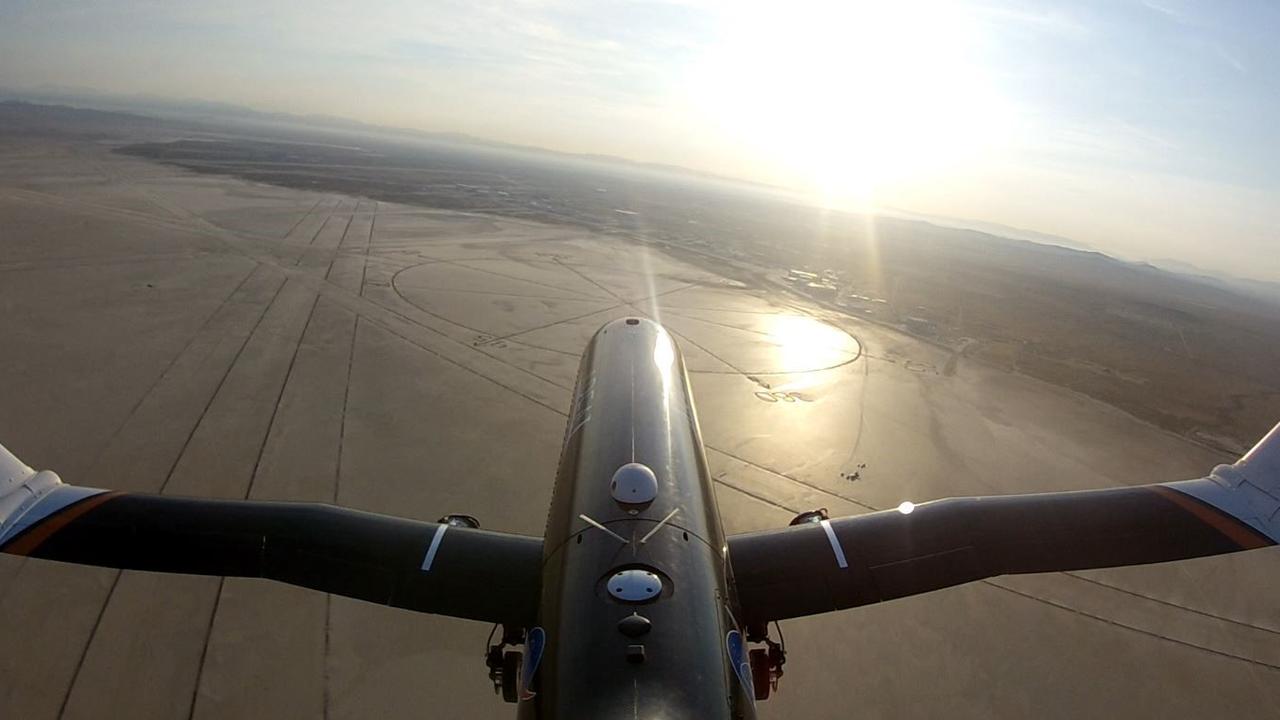NASA flight tests use memory metals to mimic bird-wing movements
NASA has achieved what nature figured out long ago — how to change direction with the flick of a wing. And it could soon be changing the way we fly.

NASA researchers have discovered a way to improve fuel efficiency and stability. But it’s not new. Birds have been doing it for millions of years.
What is new is the ability to emulate it.
And it could do away with one necessary, but inefficient, feature: the big vertical stabilisers and rudders tacked on the back of aircraft.
Birds don’t have them.
But without these big, drag-inducing structures, man-made flying machines would slide uncontrolled across the skies.
Now NASA’s Spanwise Adaptive Wing (SAW) project is on the brink of providing a much more efficient alternative.
“We wanted to see: can we move wings in flight, can we control them to any position we want to get aerodynamic benefits out of them, and could we do it with this new technology,” SAW Co-Principal Investigator Othmane Benafan said. “Folding wings has been done in the past, but we wanted to prove the feasibility of doing this using shape memory alloy technology, which is compact, lightweight, and can be positioned in convenient places on the aircraft.”
By manipulating the height of the wingtips while in flight, aircraft can orient themselves to the conditions they are experiencing and control their stability with a minimum of effort.
The result could mean the dead weight of the stabiliser and rudder are no longer necessary.
A replica 737 (built to just 30 per cent of actual size) has recently been put through a series of flight tests with the testbed wings.
This has only been possible through the ongoing development of a new technology: shape-memory alloys. So wings can now potentially be made to shift their shape without the extensive interlocking hydraulics and mechanical parts currently being used in wing flaps and aerilons.
Memory-metals are fabricated to bypass much of these mechanics by changing in predetermined ways when exposed to heat or cold.

NASA’s Prototype-Technology Evaluation and Research Aircraft (PTERA) is capable of tilting its wingtips up or down.
This produced a varied effect.
With the wingtips tilted upward, the aircraft had improved yaw (angling left or right), but decreased lateral stability (being able to return to straight flight).
With the wingtips tilted down, lateral stability was fine — but yaw was a problem.
Together, they provide an opportunity.
An aircraft can adapt its wings to suit the need of the moment — instead of having to lug about a huge tailplane capable of doing everything at once, even when not needed.
“There’s a lot of benefit in folding the wing tips downward to sort of ‘ride the wave’ in supersonic flight, including reduced drag. This may result in more efficient supersonic flight,” SAW Principal Investigator Matt Moholt said. “Through this effort, we may be able to enable this element to the next generation of supersonic flight, to not only reduce drag but also increase performance, as you transition from subsonic to supersonic speeds. This is made possible using shape memory alloy.”
The NASA research team is continuing its testing to determine if the moving wings offer sufficient control to completely eliminate the need of a tail under all operational circumstances.
Ongoing tests will include optimal canting of wingtips for fuel efficiency. As the optimal shape changes with height and speed, the wingtips will need to constantly change angles also.



